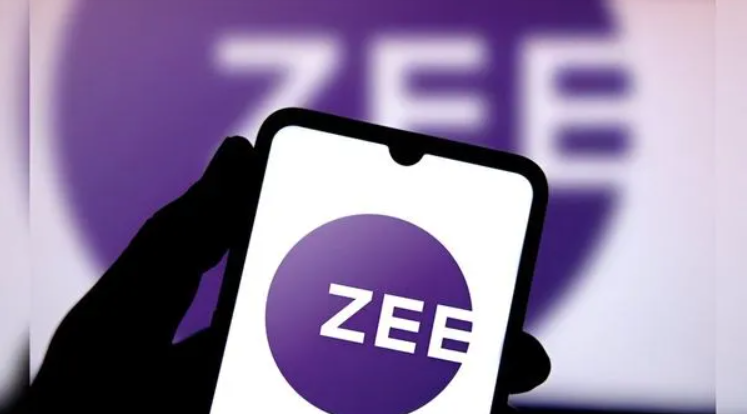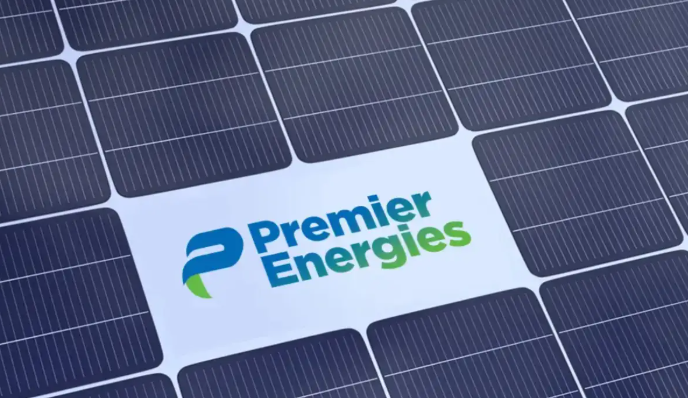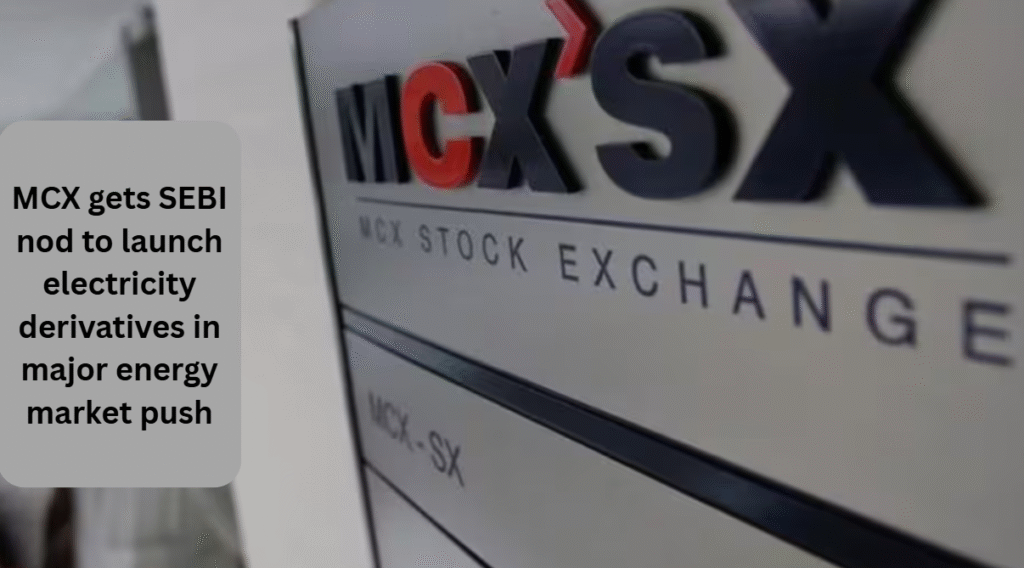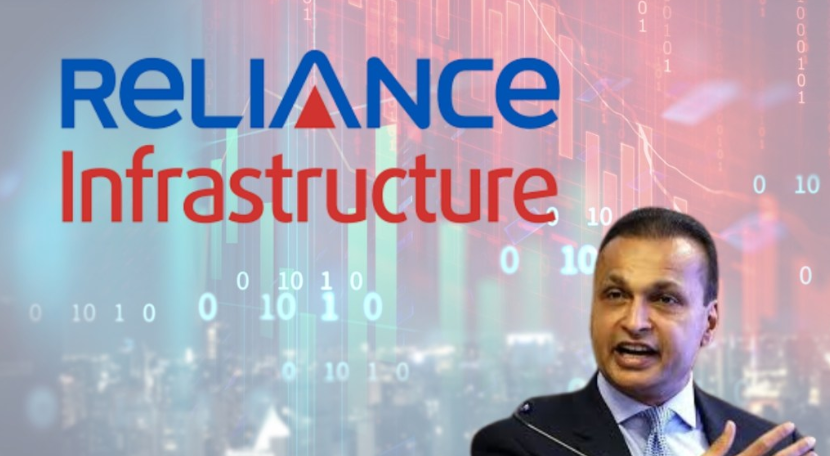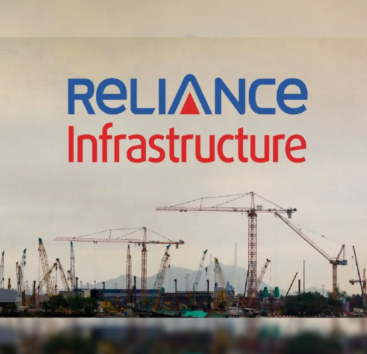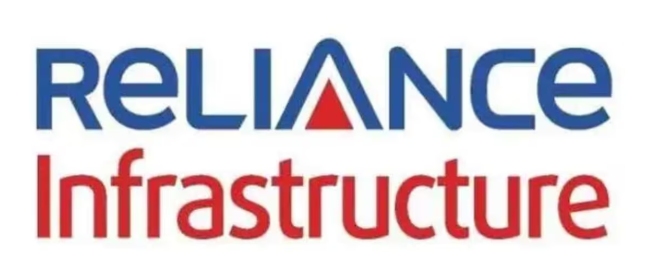Move over Zomato and Swiggy—Bengaluru may soon welcome a fresh contender. Rapido, the bike-taxi unicorn with over 30 million monthly active users and operations in 500+ Indian cities, is rolling out a pilot of its food-delivery app “Ownly” later this month or early July
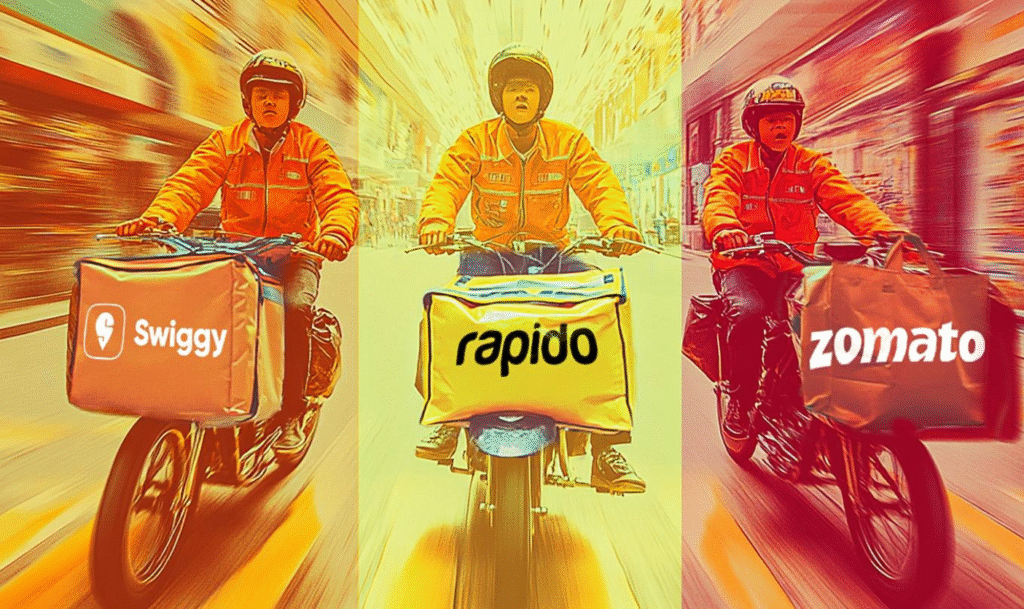
1. Zero Commission for Restaurants 🎯
Unlike the dominant platforms charging 20–30% commissions, Ownly promises zero commission. Instead of percentage-based fees, Rapido will levy fixed delivery charges per order, shifting delivery costs directly to restaurants—dramatically reducing their costs.
2. Transparent & Honest Pricing
One of Ownly’s core principles: what you see is what you pay. The app enforces offline price = online price, meaning listed dish prices (excluding GST) remain the same at checkout—no hidden delivery fees, packaging add-ons, or markup by the platform.
3. Delivery‑Fee Structure
As part of its pilot in Bengaluru:
| Order Value | Restaurant Pays | Customer Pays | Notes |
|---|---|---|---|
| ₹0–100 | ₹10 | ₹20 | Standard radius (4 km) |
| ₹100+ | ₹25 | ₹25 | Standard radius (4 km) |
| ₹400+ (Fin‑Post) | ₹25 | Cross-subsidised by Rapido | Initiative to absorb costs |
Rapido covers the remaining delivery expense beyond these charges—at least while the pilot runs.
4. Focus on Affordable Meals
To address price sensitivity in Bharat, Ownly mandates restaurant partners to list at least four menu items priced ₹150 or below. This low-cost strategy aims to broaden online ordering in smaller cities and budget-conscious segments.
5. Data & Visibility for Restaurants
Breaking the norm of paid promotions, Ownly plans an “earned visibility” model—restaurants will rank based on customer ratings, not ad spend. Additionally, Rapido will share anonymized customer data to help outlets with loyalty and marketing efforts.
6. Path to Monetization
How will Ownly sustain itself without commissions?
- Subscription Model: At scale, Rapido plans to introduce a flat monthly fee for restaurants, maintaining zero commission on each order.
- Advertising: Restaurants can optionally pay for ad placements on the app.
- Volume Play: Rapido bets big on high order volume from price-conscious consumers.
7. Market Context & Challenges
- Competitive Pricing Jaw-Drop: With commissions cut by about 50%, Rapido’s initiative is already shaking incumbents; Eternal (Zomato) and Swiggy shares dropped by around 3–4%.
- Tough Market to Crack: Previous entrants—Amazon Food, Ola Cafe, ONDC—failed to gain traction due to logistical complexity and weak customer experience. Analysts warn Rapido may face the same hurdles.
- Scale at Stake: Rapido will need to prove it can consistently operate at scale in the highly competitive food-delivery sector .

8. The Bengaluru Experiment
With a pilot kicking off in Bengaluru in late June or early July, Rapido is testing Ownly’s concept in a tech-savvy yet fiercely competitive market.
Conclusion
Rapido’s Ownly app disrupts the traditional food-delivery model—zero commission, flat delivery fees, and honest pricing are its bold differentiators. But success will hinge on execution: sustaining quality, logistics, and scaling effectively. If it works, this “honest pricing” model could spark a major shake-up in India’s food-delivery ecosystem.

